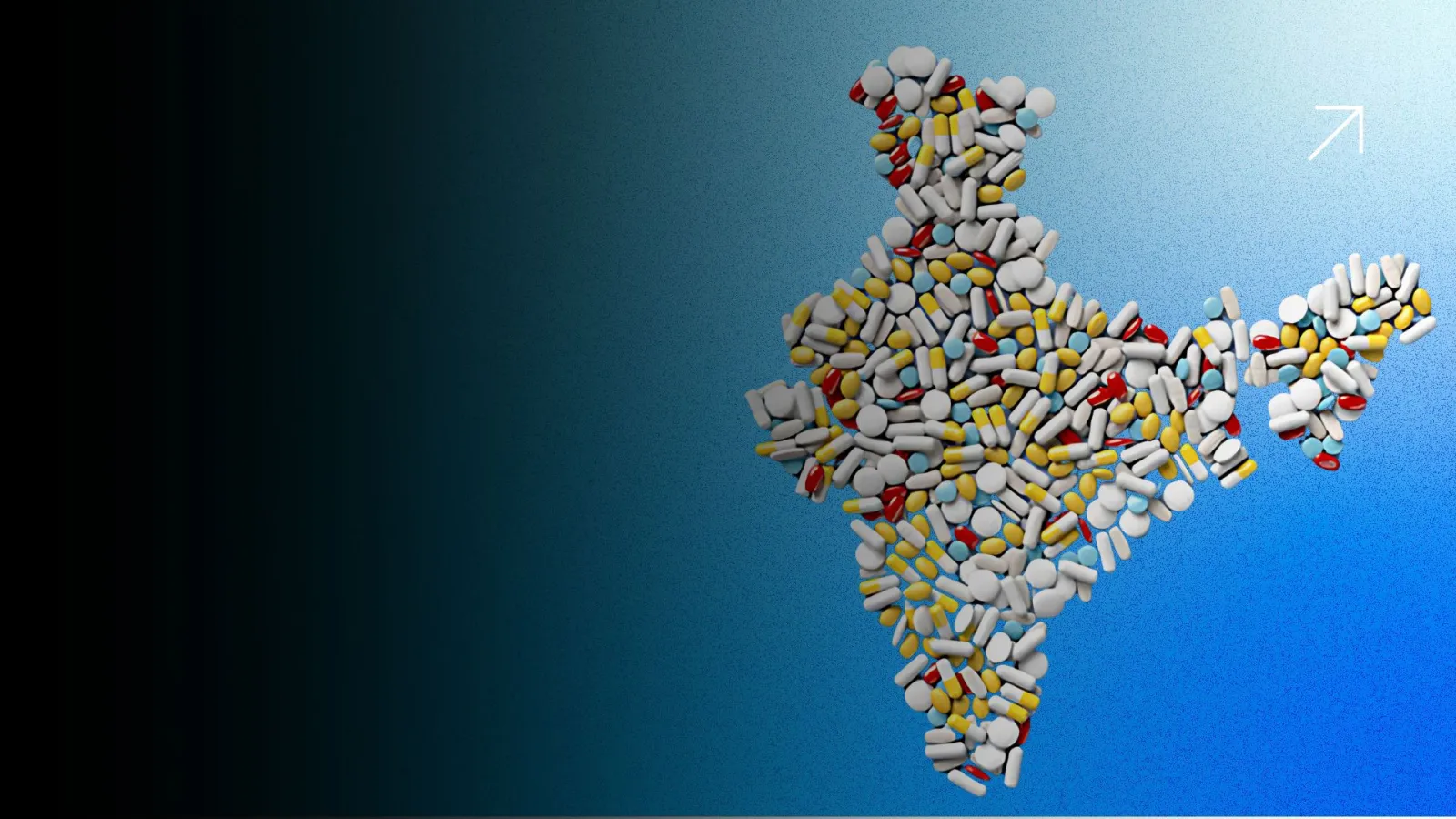MarTech for pharma in India is not just a cut-and-paste job from what works in the US or Europe. Our regulatory frameworks are different. Our healthcare ecosystem is different. Our geography, languages, and digital maturity vary wildly between Mumbai, Patna, and Shillong. And yet, the competitive pressure is global. The largest Indian pharma companies compete with multinationals for market share, talent, and doctor attention, all while staying compliant with UCPMP and international marketing standards.
The challenge isn’t whether pharma companies should invest in MarTech. It’s whether they can build it in a way that works for India’s realities while being robust enough to scale globally.
Why “Global Best Practice” Often Fails Here
Too many MarTech rollouts in Indian pharma start with the wrong assumption: if it worked for a US or EU market, it should work here. That’s how companies end up with multi-million-dollar platforms that the field team barely uses, or systems that can’t handle vernacular content, or tools that are compliant with FDA guidelines but not UCPMP 2024.
The reality is, India’s doctor engagement landscape is unique:
- HCPs in metros may respond to email, webinars, or LinkedIn outreach.
- Tier 2/3 doctors prefer WhatsApp, low-data PWAs, and regional-language content.
- Compliance officers must review every piece of marketing material, but review cycles can’t take weeks if you’re competing in a therapy area with multiple launches a year.
- And let’s not forget that India’s pharma exports to over 200 countries. Your MarTech stack can’t just meet domestic rules; it has to adapt for global launches, global content workflows, and regional compliance overlays.
This is why MarTech for pharma has to be engineered with dual DNA: local-first, global-ready.
The Compliance Challenge: Building Guardrails, Not Roadblocks
Compliance is non-negotiable. In India, UCPMP 2024 explicitly limits inducements to doctors, mandates transparency, and expects digital communication to be as tightly governed as in-person interactions. On the global side, markets like the US bring HIPAA, Europe brings GDPR, and export destinations add their own drug promotion rules.
The mistake most companies make is bolting compliance on at the end. That’s how you get bottlenecks: marketing teams waiting days for MLR reviews, last-minute campaign rewrites, or content being pulled post-launch.
The smarter approach is “compliance by design.” That means:
- MLR workflows embedded inside your content and campaign platforms.
- Automated content expiry tracking and usage logs.
- Consent capture for every digital touchpoint, whether it’s a WhatsApp opt-in in Indore or an email form in Germany.
- Audit trails that don’t just protect you during inspections but give internal teams confidence to move faster.
When compliance becomes an invisible safety net instead of a choke point, both marketing speed and regulatory trust go up.
Local Execution at Global Scale
Here’s the thing. Building for local execution doesn’t mean creating one-off systems for each market. It means creating a global MarTech backbone that can flex for local needs.
In practice, that might look like:
One unified CRM and engagement platform that integrates with global systems like Veeva Vault or Salesforce Health Cloud but allows for regional modules, e.g., a WhatsApp API for India, WeChat integration for China.
Content libraries with modular assets, such as global core messaging with regional adaptations. For India, that could mean swapping English text for Hindi or Tamil, replacing high-res PDFs with lightweight PWAs for low-bandwidth areas, and ensuring MLR-approved templates are available for quick use.
Analytics dashboards that can roll up into global reports but also filter by region, therapy area, and channel performance, so India’s marketing head can see WhatsApp engagement in Nagpur while global HQ sees campaign ROI in aggregate.
This balance of global standards and local execution is what turns a MarTech investment into a competitive moat.
Solving the Integration Problem
One of the most common reasons MarTech for pharma fails in India is fragmentation. Field reps use one app. Digital marketing uses another. Compliance tracks approvals in spreadsheets. Analytics is split between Power BI and three other tools. No one has a single view of the doctor.
Fixing this is less about replacing everything and more about integrating what you already have. That means:
- API-first design, so your CRM talks to your marketing automation platform, which talks to your analytics suite.
- A customer data platform (CDP) that unifies doctor profiles across offline and online touchpoints.
- Middleware that bridges old systems without requiring massive re-platforming.
Integration is what turns your MarTech stack from a pile of tools into a true ecosystem.
Doctor-Centric, Not Tool-Centric
If your MarTech feels like it was built to make the sales manager’s dashboard look good instead of making the doctor’s life easier, you’ve already lost. The real test is adoption, not just by internal teams but by the HCPs themselves.
A doctor-centric approach means:
- Personalising content by specialty, patient profile, and geography.
- Offering self-serve access to approved materials so doctors don’t have to wait for a rep.
- Ensuring every interaction, whether it’s an automated WhatsApp message or a webinar follow-up, adds value to their practice, not just your marketing metrics.
In India, this also means respecting digital habits. If a doctor prefers voice notes in Marathi over email PDFs, your MarTech should make that easy, compliant, and trackable.
Building for Tier 2/3 Growth
India’s next wave of pharma growth will come from semi-urban and rural markets. But that’s also where most global MarTech tools fail, too heavy, too English, too reliant on high-speed internet.
Your local-ready MarTech stack should:
- Use mobile-first design, with lightweight PWAs and offline capability.
- Integrate with WhatsApp Business API for scalable, conversational outreach.
- Deliver vernacular content at the same quality as English materials.
- Collect engagement data even in low-connectivity zones, syncing automatically when online.
Get this right, and you’re not just extending reach; you’re building long-term brand equity in markets your competitors can’t easily penetrate.
Measuring What Actually Matters
In pharma, vanity metrics won’t cut it. Open rates and click-throughs are nice, but CMOs and CFOs want to know how MarTech is impacting prescriptions, brand recall, and patient adherence.
This is where MarTech for pharma needs strong attribution and ROI measurement:
- Linking CRM engagement data to prescription trends.
- Mapping patient education campaigns to adherence rates.
- Comparing channel performance for different therapy areas and regions.
Global teams need the big picture; India teams need the local drill-down. Your analytics framework has to deliver both.
Execution Over Experimentation
The truth is, most Indian pharma companies don’t need another “innovation lab” experiment. They need execution that works. Start with the critical path, including compliance integration, CRM unification, regional content delivery, and roll out in phases. Measure, refine, expand.
Global scale and local compliance aren’t opposites. When you build MarTech with both in mind from day one, they reinforce each other. You get systems that can handle a cardiology launch in the US and a diabetes awareness program in rural Maharashtra, with the same brand, the same governance, and the same efficiency.
The Bottom Line
MarTech for pharma that works for India isn’t about copying global playbooks or settling for local hacks. It’s about engineering a platform that understands India’s doctor engagement realities, speaks its languages, respects its regulations, and still plays on the global stage. Do that, and you don’t just have marketing technology. You have a growth engine.





